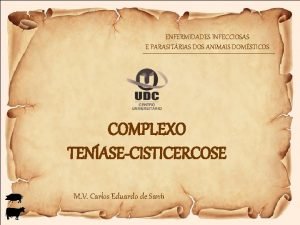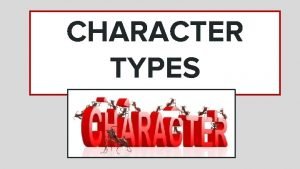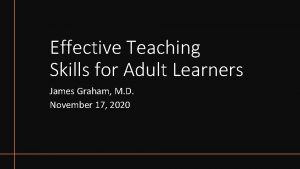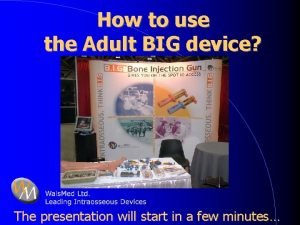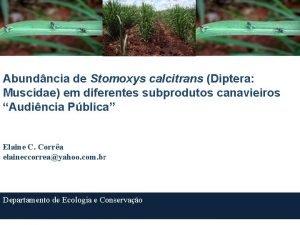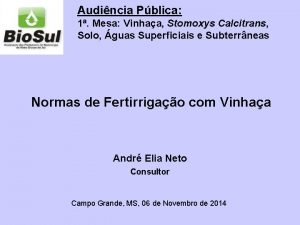Stomoxys calcitrans General chracters 1 Adult Size 7












- Slides: 12

Stomoxys calcitrans General chracters : 1 – Adult : Size : 7 – 10 mm Colour : grey Head : Antenna : aristate Arista : simple hairs on dorsal side only Proboscis : biting (piercing and sucking) – rigid not retractile The labium is grooved dorsally to enclose the epipharynx and hypopharynx (all enter the wound during biting ) Maxillary palps : 1 segment – short Thorax : 4 longitudinal dark strips Wings : open 1 st posterior cell ( the 4 th vein bends making an obtuse angle to reach the apex away from the 3 rd vein Abdomen : 4 segments – dark round spots

2 – Egg : Bannana shaped , creamy white , laid in patches Breading places horse dung 3 – Larva : Tapering anterior and posterior ends Posterior sopiracles : triangular 4 – Pupa : Barrel – shaped 5 – Medical importance : A- Direct mechanical transmission of blood parasites as trypanosomes B- Accidental mayasis 6 – Control : A- sanitary disposal of manure B- application of insecticides

Life cycle :

Glossina palpalis Glossina morsitans


Glossina palpalis , Glossina morsitans General characters : 1 – Adult : Size : 10 – 15 mm Colour : Glossina palpalis (black) Glossina morsitans (brown) Head : Antenna : aristate – 3 rd seg. bent dorsally and tapering Arista : branching hairs on dorsal side only Proboscis : biting (piercing and sucking) blood – rigid The labium is grooved dorsally to enclose the epipharynx and hypopharynx (all enter the wound during biting) Maxillary palps : as long as the proboscis Thorax : The 4 th vein makes a double curve giving a cleaver – shaped discal cell between it and the 5 th vein At rest wings are folded over the abdomen (Scissor like) Abdomen: 8 segments , black with median pale strip in G. palpalis brown with yellow transverse bands in G. morsitans


2 – Egg : Larviparous - 1 larva at a time Breeding places : G. palpalis : soil (shaded water side ) G. morsitan : soil (open land) 3 – Larva : Cylindrical with 2 posterior knobs 4 – Pupa : Barrel – shaped with 2 posterior knobs 5 – Medical importance : Vectors of trypanosomes : A- Nagana in animal B- Sleeping sickness in man Glossina palpalis transmit Trypanosoma gambiense Glossina morsitans transmit Trypanosoma rhodesiense 6 – Control : A- change nature of breeding places B- manual collection of pupae C- application of insecticides


Human trypanosomiasis

Human trypanosomiasis : Is a parasitic disease caused by Trypanosoma gambiense and Trypanosoma rhodesiense and transmitted by the tsetse fly Symptoms : Fever , headache , joint pains and anemia as the parasites enter through both the blood and lymph systems When the parasite passes through the blood-brain barrier the disease enter a neurgogical phase and the sleep cycle is disturbed progressing into death if untreated

